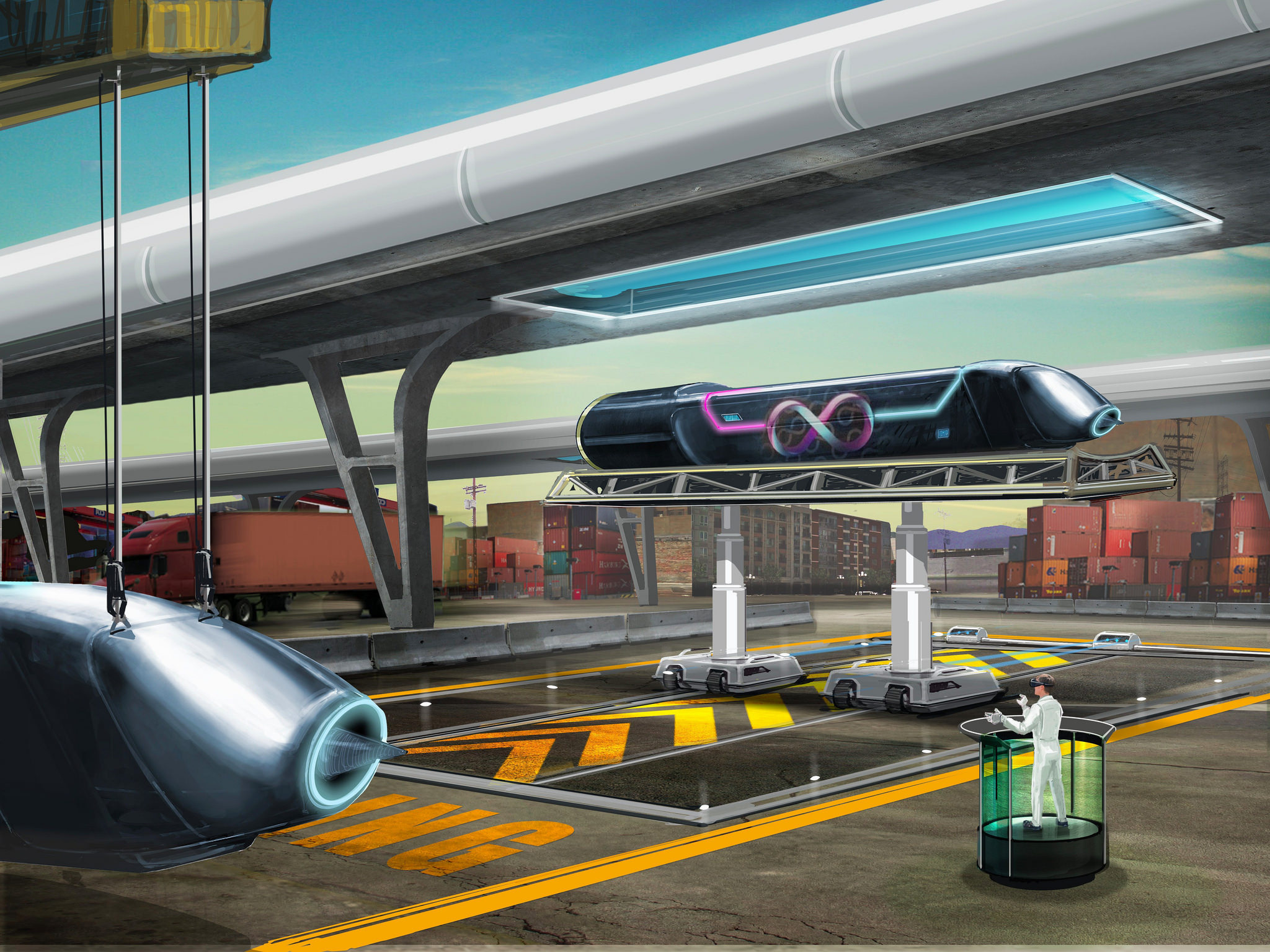Hyperloop: The Great Future Or Elon Musk’s Crazy Dream?
Tesla, PayPal, SpaceX, Hyperloop … Do you know anyone who hasn’t heard these names? Even those people who are not interested in high-tech news have probably heard about Tesla’s electric cars or the launch of spaceship Falcon by SpaceX corporation. These inventions are associated with one person, the American entrepreneur and the hero of modern technology, Elon Musk.
Today marks an important time and possible turning point for one of Elon Musk’s projects,namely, Hyperloop.
The first Hyperloop prototypes are being tested on the track, and soon it should be known if this technology is viable. And, now is a good time to brush up on the details of this project.
Why do we need it?
Conventional means of transportation (road, water, air, and rail) tend to be expensive, slow, and environmentally harmful. Road travel is particularly problematic due to the carbon emissions. Rail travel is a relatively energy efficient and is an environmentally friendly option, but is too slow and expensive to be widely adopted. Elon Musk states that the vacuum train will be twice as fast as the plane and three times faster than the high-speed train, reaching a maximum speed of 1200 km/h. The technology uses solar energy, which dramatically reduces CO2 emissions, and the transport capsules moves with short intervals, almost like a subway.
For now, Hyperloop has not been launched anywhere, and is in the testing stage. The first successful test of this innovative transport system was held May 11, 2016, in an American desert in Nevada.The capsule inside the special pipeline accelerated to a speed of 187 km/h in 1.1 seconds. Using Hyperloop, passengers can travel a distance of 1200 kilometers in an hour!

How does the Hyperloop work?
Simply put, the Hyperloop transport system consists of a large diameter steel pipe built between the start and end points of the route. Inside this tube, a capsule called a “Pod” is moved.
According to the original concept presented in 2012, the pod is equipped with special “air bearing skis” which allow it to move above the surface of the track.
Hyperloop also uses magnetic levitation, through which an object is suspended in the air using magnetic fields. Acceleration and deceleration of the capsule are made by linear induction motors. They are placed in the pipe, at a small intervals. The starter of these engines is also located in the capsule. The Pod receives an acceleration pulse, or conversely, a deceleration pulse, regulating the speed of the engine
To supply engines with electricity, solar panels are placed on the top of the pipe. According to the calculations of SpaceX engineers, the energy produced by the photocells will be enough for all of the transport system’s needs. In addition, during the inhibition of the capsule, the kinetic energy is converted into electrical energy by linear motors.
The company reports surplus electricity generated by the transport system can be sold on the market, an added economic benefit.
Hyperloop creators provided an integrated air compressor and duct system in the front of the vehicle to overcome air resistance. These devices control the air flow during the course of travel.
In comparison to high-speed rail, Hyperloop is significantly lower in cost and is more energy efficient because the track doesn’t need to provide power to the pods continuously. The pods can leave every 30 seconds and are potentially two or three times faster than high-speed rail.
What will it feel like to travel in a Hyperloop?
Some critics of Hyperloop warn traveling in the tube may be uncomfortable. However, it is similar to riding in an elevator or a passenger plane. Acceleration and deceleration of the train are gradual, without turbulence. Critics also say traveling in a windowless pod does not provide for much scenery. Based on Musk’s original vision, the landscape can be displayed in the cabin and each passenger has access to their own personal entertainment system. How unusual to view the scenery on a TV rather than out the window!
Will Hyperloop be a success?
Hyperloop faces many engineering hurdles including the building the tubes strong enough to deal with the stresses of carrying the high-speed pods and finding the energy and cost-efficient ways to keep them operating. Critics argue many more pods are required to achieve the same passenger numbers as the more traditional rail which uses much bigger carriages.
It is going to take more testing, time, effort and investment to make the necessary improvements for Hyperloop to succeed.
What’s next for Hyperloop?
The next phase for Hyperloop, beyond the initial testing and feasibility studies is to start long distance trials of the technology and begin to test the service with passengers. Finding a commercial models to work around the world is another challenge. Only when solutions to these issues are found will it be clear whether Hyperloop can become a success in our world.
All in all, Elon Musk continues to make impressive inventions which can replace many of our commonly used devices. Perhaps travel in a high speed pod can become a reality in the near future.




